 Nonstress Test (NST) During Pregnancy
Nonstress Test (NST) During PregnancyA nonstress test is a common prenatal test used to check the baby's health. During the test nonstress, the baby's heartbeat is monitored to see how to respond to baby's movements. The term "nonstress" refers to the fact that nothing was done to place stress on the baby during testing.
Typically, tests nonstress recommended when it is believed that the infant at increased risk of death. A nonstress test can be performed after 26 to 28 weeks gestation. Certain nonstress test results may show that you and your baby requires further monitoring, testing or specific treatment.
A nonstress test is non-invasive tests that do not pose a physical risk to you or your baby.
a nonstress test was used to evaluate the health of the baby before birth. The purpose of the test nonstress is to provide useful information about your baby's oxygen supply by check or heart rate and how to respond to your baby's movements. tests may indicate the need for further monitoring, testing or delivery.
Typically, babies heart rate is faster when he was active later in pregnancy. However, conditions such as fetal hypoxia - when the baby is not getting enough oxygen - can interfere with this response
The doctor may recommend tests nonstress if you have :.
doctor may recommend having nonstress test once or twice a week - and sometimes daily -. depending on your health and your baby's health
a nonstress test is non-invasive test that poses no physical risk to you or your baby. The term "nonstress" refers to the fact that nothing was done to place stress on the baby during testing.
While the test nonstress can offer assurances about the health of your baby, can lead to anxiety, too. A nonstress test may suggest that there is a problem when there is not, which can lead to further testing. Convincing results also do not predict the future.
Also, keep in mind that while the test nonstress often recommended when there is an increased risk of miscarriage, it is not always clear if the test is helpful.
A nonstress test usually does not require special preparation.
A nonstress test is usually done in your doctor's office.
You will have your blood pressure taken before the test nonstress starts.
During the test nonstress, you will lie down in the recliner. You will have your blood pressure taken at regular intervals during the test.
The doctor or a member of your health care team will place sensors around your belly which measures the fetal heart rate.
Typically, nonstress test lasts 20 minutes. However, if your baby is not active or sleeping, you may need to extend the test for 20 minutes - with the hope that your baby will be active - to ensure accurate results. Your health care provider may try to stimulate the baby by placing a noise-making device of your stomach.
After the nonstress test is complete, the doctor will likely discuss the results with you soon.
The test results nonstress considered:
a reactive nonstress test is considered assured regardless of the length of observation time needed. However, if the test is extended to 40 minutes and your baby nonstress test results are not reactive, your health care provider will tend to do other prenatal test for further checks the health of your baby. For example:
The doctor may also ask you to perform another test day nonstress
Another possible cause of reactive nonstress test results, in addition to the fetus becomes inactive or asleep. , Including the reduction of oxygen (hypoxia fetus), maternal smoking, maternal use of drugs, and neurological or cardiac fetal anomalies.
Rarely, during tests nonstress, problems with the baby's heartbeat is detected which require further monitoring or treatment.
be sure to discuss your nonstress test results with your health care provider and what they might mean for you and your baby.
The Mayo Clinic does not endorse companies or products. Advertising revenue supports our not-for-profit mission.
Check out these best-sellers and special offers on books and newsletters from Mayo Clinic.
Any use of this site constitutes your agreement to the Terms and Conditions and Privacy Policy linked below.
A copy of these materials may be reprinted for personal, non-commercial useonly. "Mayo," "Mayo Clinic," "MayoClinic.org," "Mayo Clinic Healthy Living," and the triple-shield Mayo Clinic logo are trademarks of Mayo Foundation for Medical Education and Research.
This site complied with the information:
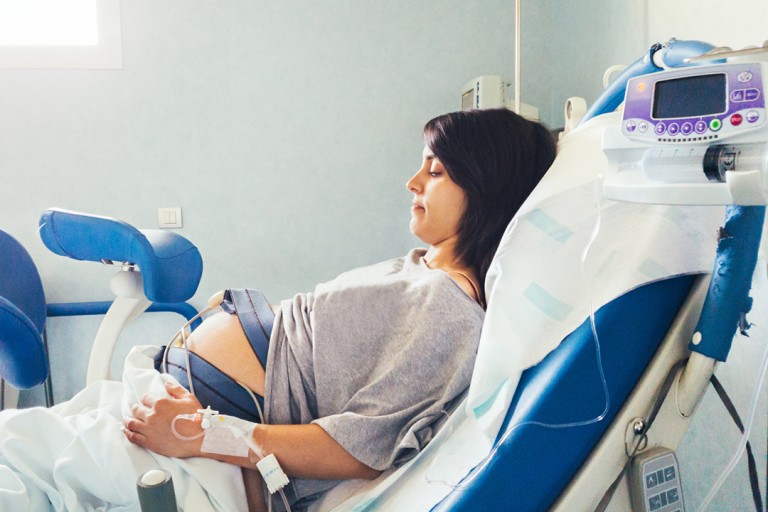 Fetal Nonstress Test (NST) During Pregnancy
Fetal Nonstress Test (NST) During Pregnancy Non-Stress Test (NST) | hartfordhospital.org | Hartford Hospital
Non-Stress Test (NST) | hartfordhospital.org | Hartford Hospital Non-Stress Test (NST) During Pregnancy: Procedure And Results
Non-Stress Test (NST) During Pregnancy: Procedure And Results Non-Stress Test (NST) During Pregnancy: Procedure And Results
Non-Stress Test (NST) During Pregnancy: Procedure And Results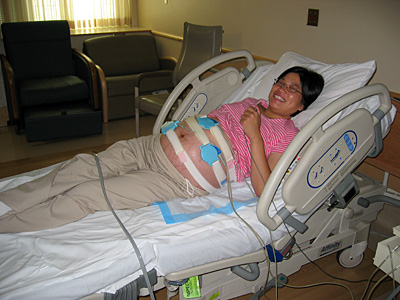 Our Pregnancy Blog » Our Last Non-Stress Test
Our Pregnancy Blog » Our Last Non-Stress Test Pin on Labor & Birth
Pin on Labor & Birth Fetal Non-Stress Test (NST): American Pregnancy Association
Fetal Non-Stress Test (NST): American Pregnancy Association:max_bytes(150000):strip_icc()/4172545_color-5be1a81dc9e77c00517b01d2.png) Biophysical Profile: Uses, Side Effects, Procedure, Results
Biophysical Profile: Uses, Side Effects, Procedure, Results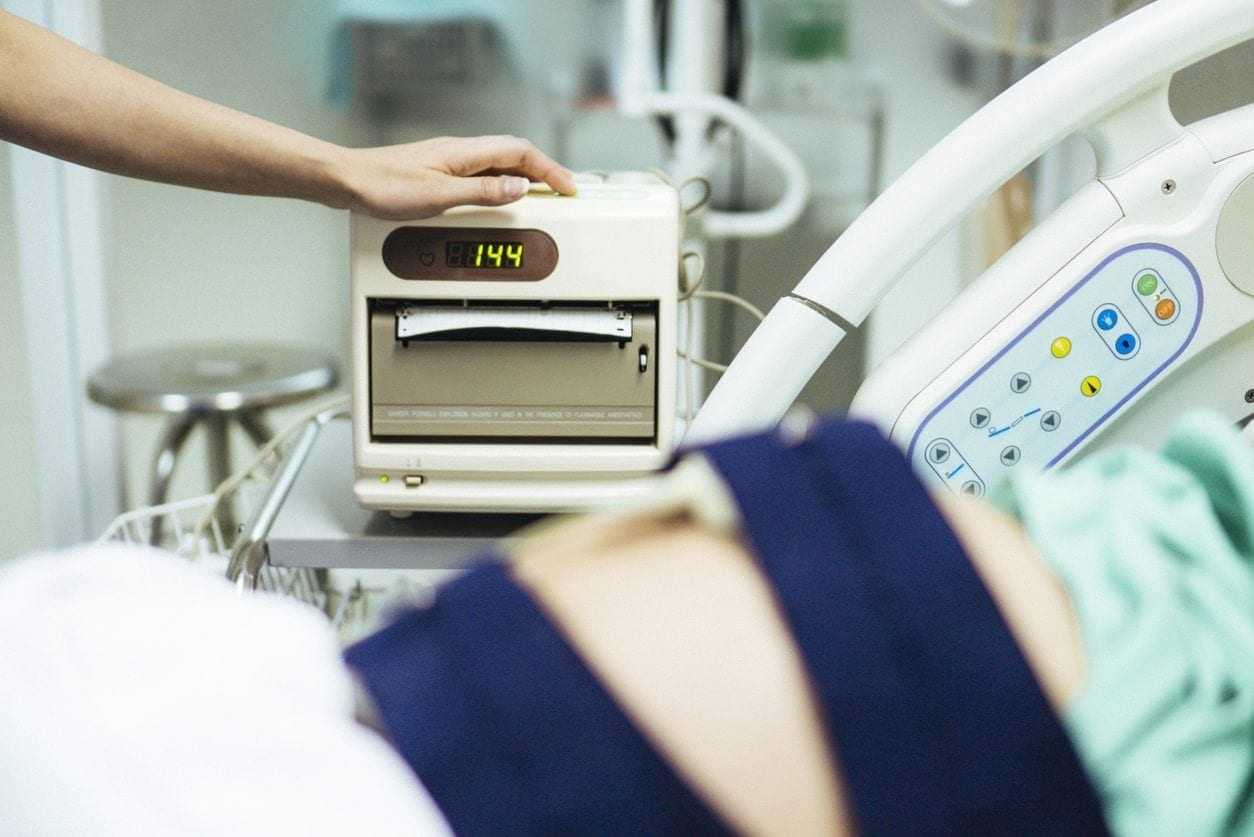 What is a Nonstress Test and Why is it Performed During Pregnancy ...
What is a Nonstress Test and Why is it Performed During Pregnancy ...:max_bytes(150000):strip_icc()/153822703-56a76f843df78cf77295ed81.jpg) Non-Stress Test for Fetal Well Being in Late Pregnancy
Non-Stress Test for Fetal Well Being in Late Pregnancy When Pregnancy Calls for a Non-Stress Test and You're Stressed Out
When Pregnancy Calls for a Non-Stress Test and You're Stressed Out Non-Stress Test - NST | babyMed.com
Non-Stress Test - NST | babyMed.com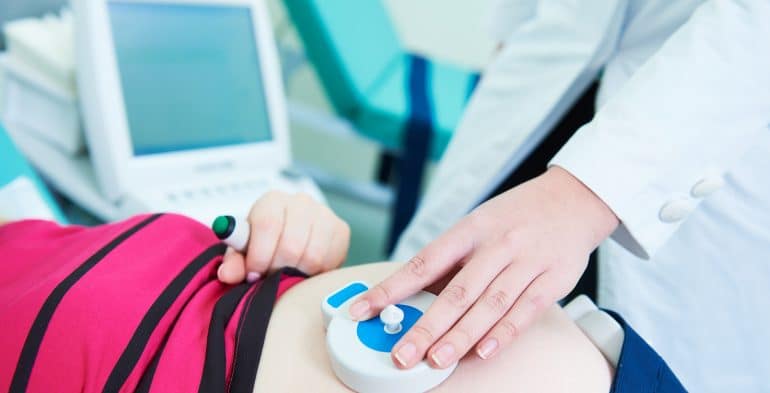 Non-stress Test in Pregnancy | Baby Arabia
Non-stress Test in Pregnancy | Baby Arabia Twin Pregnancy⎜35 Weeks⎜VLOG⎜Non Stress Test - YouTube
Twin Pregnancy⎜35 Weeks⎜VLOG⎜Non Stress Test - YouTube 77 Best Stress Testing images | Stress tests, Stress, Feel good
77 Best Stress Testing images | Stress tests, Stress, Feel good Biophysical Profile (BPP)
Biophysical Profile (BPP) Having a baby virtual world family, all there is to know about ...
Having a baby virtual world family, all there is to know about ... Signs of Fetal Distress and Oxygen Deprivation | FAQs
Signs of Fetal Distress and Oxygen Deprivation | FAQs Does induced labour hurt more? - BabyCenter Australia
Does induced labour hurt more? - BabyCenter Australia Intrauterine Growth Restriction in Pregnancy
Intrauterine Growth Restriction in Pregnancy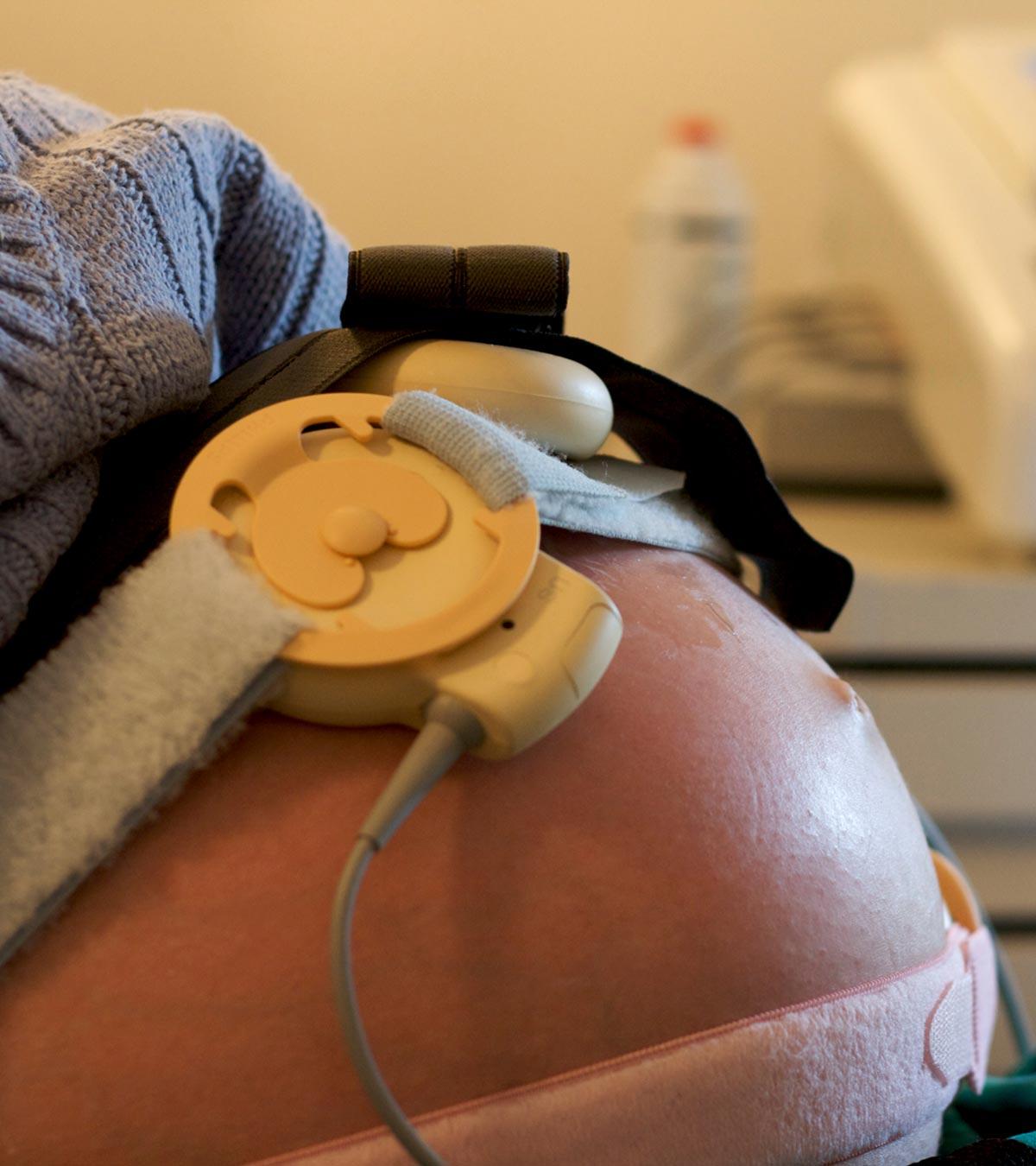 What Is A Contraction Stress Test (CST) And How Is It Done?
What Is A Contraction Stress Test (CST) And How Is It Done? Is There Reason To Stress Over A Fetal Non-Stress Test?
Is There Reason To Stress Over A Fetal Non-Stress Test? The Third Trimester of Pregnancy: Checkups & Tests
The Third Trimester of Pregnancy: Checkups & Tests Non Stress Test
Non Stress Test/doctor-with-pregnant-woman-527877966-597f386f9abed50010ca0740.jpg) Non-Stress Test for Fetal Well Being in Late Pregnancy
Non-Stress Test for Fetal Well Being in Late Pregnancy What is a Fetal Stress Test? (with pictures)
What is a Fetal Stress Test? (with pictures) Sense4Baby Sense4Baby Cardiotocography System Gets FDA 510(k) and ...
Sense4Baby Sense4Baby Cardiotocography System Gets FDA 510(k) and ... non-stress-test - Ali On The RunAli On The Run
non-stress-test - Ali On The RunAli On The Run Pin on Pregnancy Health
Pin on Pregnancy Health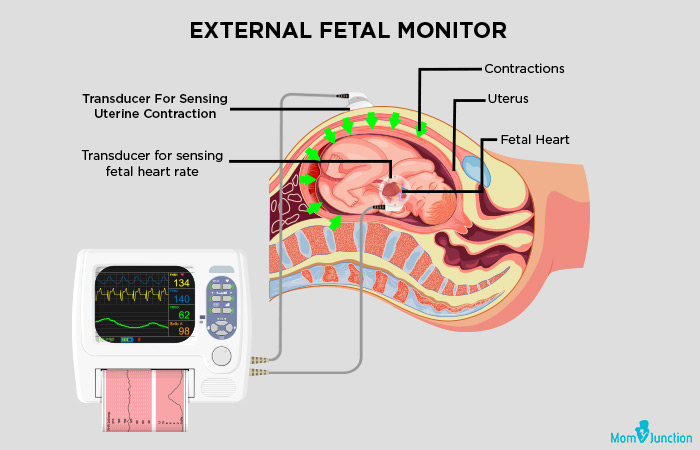 What Is A Contraction Stress Test (CST) And How Is It Done?
What Is A Contraction Stress Test (CST) And How Is It Done? Third Trimester Pregnancy Tests | Parents
Third Trimester Pregnancy Tests | Parents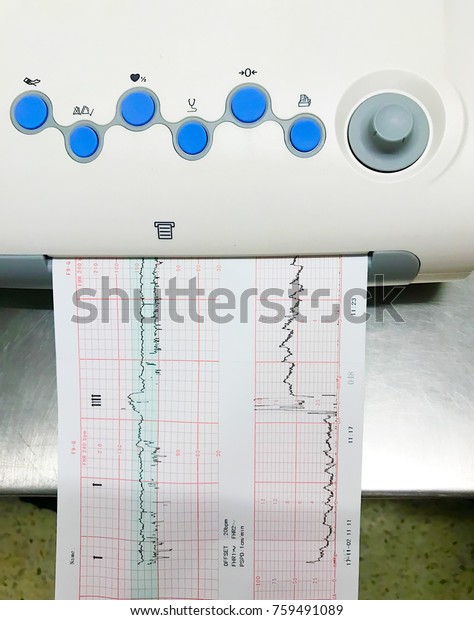 Printing Result Non Stress Testing Nst | Royalty-Free Stock Image
Printing Result Non Stress Testing Nst | Royalty-Free Stock Image Printing Result Non Stress Testing Nst Stock Photo (Edit Now ...
Printing Result Non Stress Testing Nst Stock Photo (Edit Now ... The Bridge Family Blog: Week 41
The Bridge Family Blog: Week 41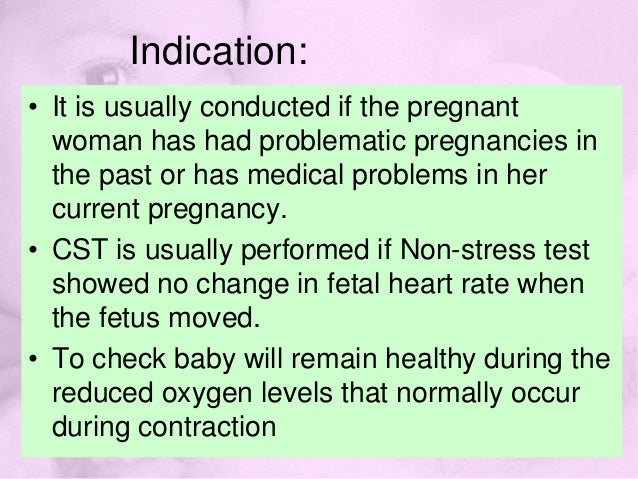 What is a non stress test in pregnancy | Why Non. 2020-10-12
What is a non stress test in pregnancy | Why Non. 2020-10-12 37 weeks non stress test.. Baby boy - YouTube
37 weeks non stress test.. Baby boy - YouTube 30 Weeks Pregnant: Ultrasound, Symptoms, Baby Development
30 Weeks Pregnant: Ultrasound, Symptoms, Baby Development Signs of Fetal Distress and Oxygen Deprivation | FAQs
Signs of Fetal Distress and Oxygen Deprivation | FAQs Printing Result Non Stress Testing Nst Stock Photo (Edit Now ...
Printing Result Non Stress Testing Nst Stock Photo (Edit Now ... Home | 39 weeks pregnant, Fetal movement, Baby bump progression
Home | 39 weeks pregnant, Fetal movement, Baby bump progression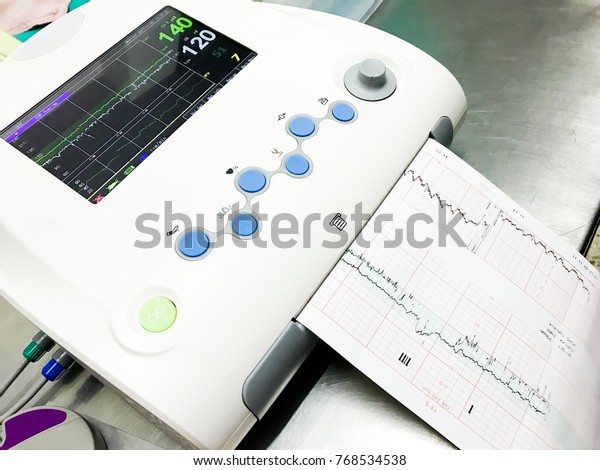 Printing Result Non Stress Testing Nst Stock Photo (Edit Now ...
Printing Result Non Stress Testing Nst Stock Photo (Edit Now ... Pin on Pregnancy
Pin on Pregnancy 12 weeks pregnant: Symptoms, hormones, and testing
12 weeks pregnant: Symptoms, hormones, and testing Fetal distress - BabyCentre UK
Fetal distress - BabyCentre UK What the COVID-19 outbreak means for pregnant women and babies ...
What the COVID-19 outbreak means for pregnant women and babies ...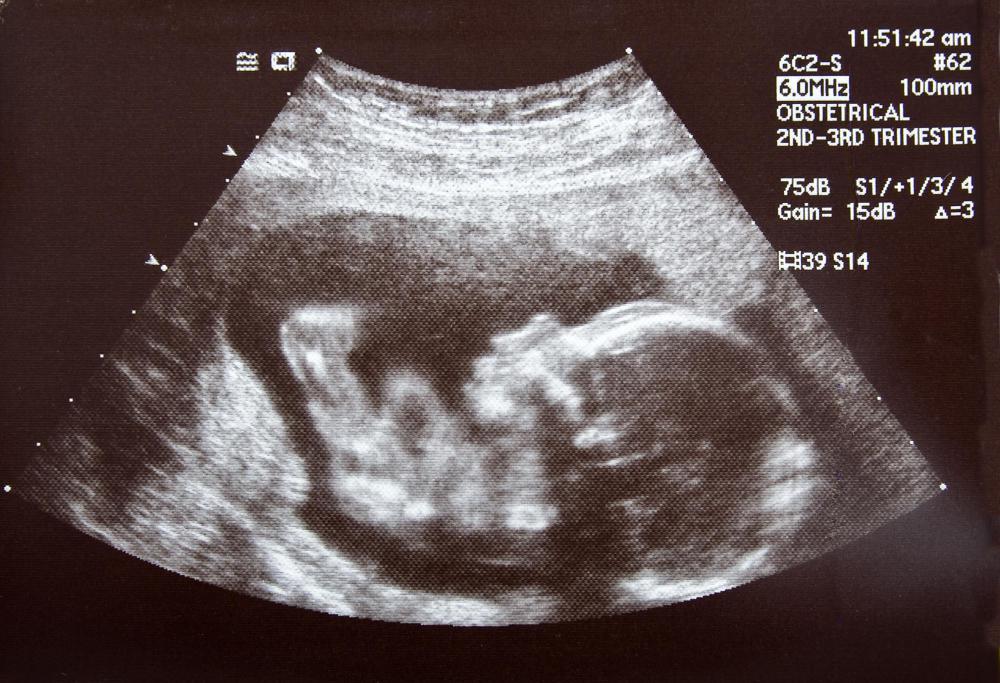 What is a Fetal NST? (with pictures)
What is a Fetal NST? (with pictures) Stress test Archives - Bernetta Style
Stress test Archives - Bernetta Style Important Facts about Third-Trimester Prenatal Testing That You ...
Important Facts about Third-Trimester Prenatal Testing That You ... Prenatal testing
Prenatal testing Tips Mom Pregnancy: Non Stress Test Pregnancy
Tips Mom Pregnancy: Non Stress Test Pregnancy Printing Result Non Stress Testing Nst Stock Photo (Edit Now ...
Printing Result Non Stress Testing Nst Stock Photo (Edit Now ... Kenya Moore Looks Miserable While Taking Stress Tests For 'Baby Twirl'
Kenya Moore Looks Miserable While Taking Stress Tests For 'Baby Twirl' Pin on BabyChakran Moms
Pin on BabyChakran Moms 41 Weeks Pregnant: Symptoms, Tips, Baby Development
41 Weeks Pregnant: Symptoms, Tips, Baby Development
Posting Komentar
Posting Komentar